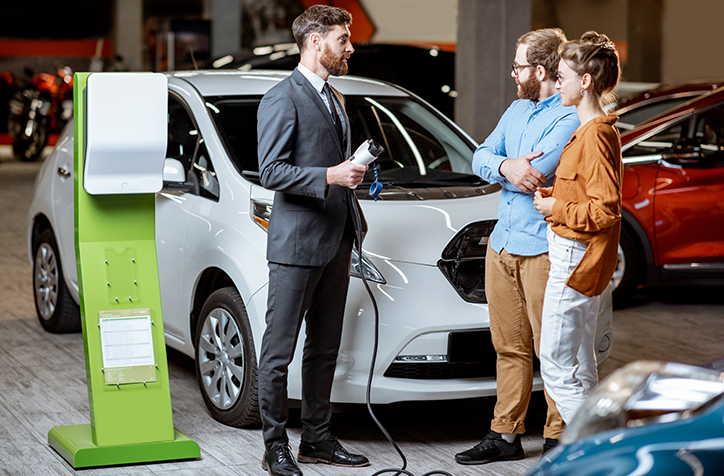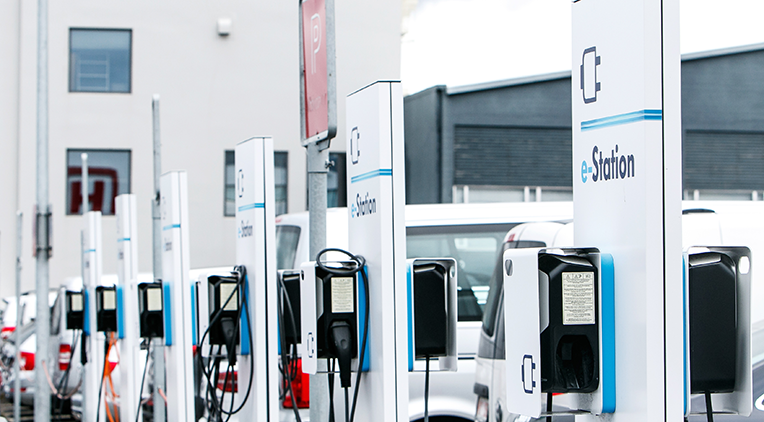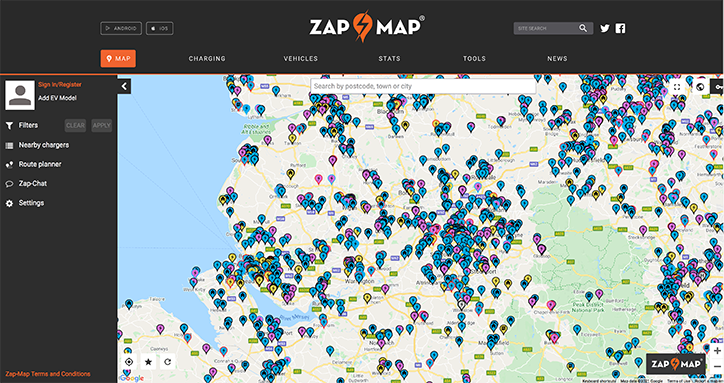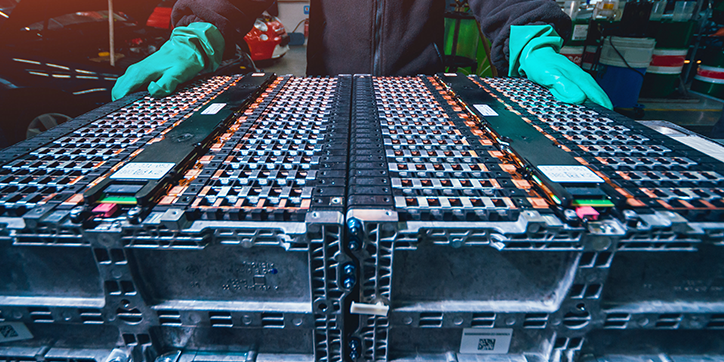Last updated: 25th September 2023
News of car manufacturers investing millions into electric vehicle (EV) production in the UK has made a welcome change from other headlines. While most of us are happy to hear about the progression of ‘clean’ transport and the increase in jobs, there are still some significant practical reservations that the driving public have about EVs.
While almost 50% of the people we surveyed said they would consider purchasing an EV in the future, they still wouldn’t choose one for their next vehicle. An additional 37% stated they would never want an electric car. The main concerns for both groups were cost and charging. Specifically, the cost of purchasing an EV, the distance it can travel and the availability of charging points.
Bearing in mind the government has announced a ban on the sale of all new petrol and diesel cars from 2035, EV cost and charging issues are a high priority for the industry and indeed the country. While we can’t subsidise your next car purchase, or install you a free, mobile, charging point, we can at least give you a realistic, current overview of these issues and point you to the best advice on the web…
The simple fact is, EVs are still significantly more expensive than their traditional-fuelled counterparts. The cheapest four-door EV available in the UK today is substantially more than double its petrol-fuelled equivalent. Although vehicle tax and charging costs are considerably lower for EV owners, the huge initial pay-out is an understandable barrier to the majority of buyers.
We are all hoping to see this cost-gap decrease over the next few years, but until then, if you are keen to move over to an EV, make sure you keep an eye on scrappage schemes and the government subsidies that could actually make your switch affordable. There are a huge number of EV cars that the government will pay a plug-in grant towards, covering up to 35% of the purchase price, to a maximum of £2,500, for cars costing less than £35,000. (Plus, there’s a grant available for up to 75%/£350 to install a charger at home through the Electric Vehicle Homecharge Scheme.)

You may find lease options that are far more competitive in comparison to purchasing an EV. We were impressed with the options at GoGreen Leasing, but there are plenty of other options from a growing number of leasing companies keen to satisfy the demand for greener transport.
If waiting feels like your only option for now, don’t be too disheartened. There’s a wide range of hybrid vehicles that may just be the perfect stepping stone to you owning a full EV. There will also be a growing market of second-hand EVs as time goes on, as well as more competitive pricing for new models as other manufacturers throw their hat/wheel into the ring!
We’re not going to argue that there’s a lot of work still to be done on the infrastructure supporting the use of EVs. The Society of Motor Manufacturers and Traders (SMMT) has stated that much more needs to be done to support consumers; estimating that the country will need 2.3m charge points by the end of the decade. At the current rate of 42 charging points being installed a day, we’re running well short of the estimated 700 needed every day for the next decade, for the mass switch to EVs to be successful. Charging has also suffered issues related to location, access and payment.
However, the good news is that things are improving all the time and there is some great advice out there – Which and Car Magazine have written superb articles on charging issues and how to deal with them!

There are several websites dedicated to making your charging needs as easy to plan as possible. We like Zap Map, which gives easy-to-access, real-time information on charging point coverage and cost across the UK.
The same organisation gives a great overview of the country’s progress with a daily update on the number of public charging points installed every day!

Those who can afford to purchase a new EV, and may even be happy with the availability and ease of charging, still have concerns over the range current models can offer and the whole life of the battery.
The reason charging availability has proved to be such a significant issue is down to the physical distance one full charge can take you, otherwise known as an EV’s ‘range’. While there is still work to be done, these figures have improved massively over the relatively short time EVs have been available. The Tesla S is said to be able to travel over 400 miles on a single charge – impressive by any standard! Of course the average EV figure is much lower, but now stands at a decent 193 miles, which also takes into consideration real life factors such as heavy loads, changing speeds, hilly terrain and bad weather, which manufacturers’ advertised range figures don’t.
If and when you choose an EV, be sure to look into the real life range mileage figure and ensure it will suit the journeys you will be doing most frequently.
Every type of battery degrades over time. But rather than worrying your EV is going to mimic your mobile phone, you can be assured that, as long as they are treated correctly, most modern lithium-ion units are likely to last the lifetime of the car.
When EVs first entered the mass market many manufacturers specified an 8 year battery warranty, however, data so far has shown the majority of these batteries are outperforming that prediction. Manufacturers keen to offer extra reassurance to customers are now offering extended warranties on their EV batteries from between 100,000 to 150,000 miles. Most also include a maximum allowable capacity; so if their function drops below 70 or 75% during the period of the warranty, you’ll receive an automatic replacement.
There are a few simple things you can do to look after battery life, such as avoiding charging beyond 80% or below 20%, which some EVs manage automatically, avoiding frequent rapid-charging and in general keeping your battery cool (a rare benefit of the UK’s climate!). As well as assuring information on EV battery tech, Autocar has some great advice on how to look after your EV battery, from how you charge it to how you drive.

CarTakeBack are already several years into the work related to EV end-of-life and we continue to invest in training our vehicle recycling partners in how to safely handle EVs and hybrids. This means, today, we can provide safe and effective EV recycling to all parts of the UK.
Not only do we ensure all electric and hybrid vehicle batteries are properly, efficiently and safely recycled in line with the law, we are constantly looking to improve that process and support the organisations developing UK-based recycling solutions. We were the first car recycling network in the UK to achieve the 95% recycling target set for traditional vehicles and we have every intention of aiming higher than the standard when it comes to EVs.




